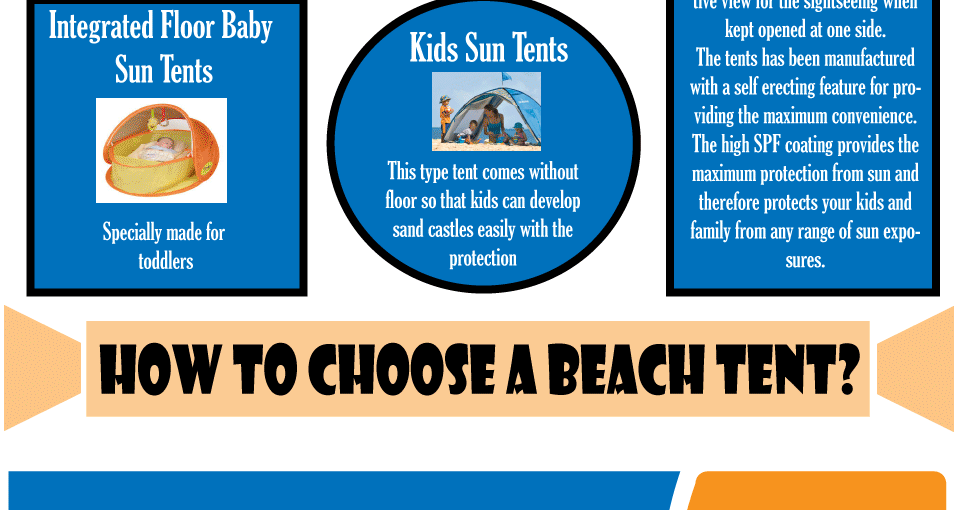Right angles are ubiquitous in squares, rectangles, and structural styles like buildings and furnishings. They are the easiest and most secure of all angles.
Long lasting products are crucial in building and construction tasks that sustain strenuous problems. Steel angle is commonly a cost-efficient selection as a result of its toughness, which lowers substitute expenses and repair work in time. Its recyclability lines up with green construction objectives, better adding to resource effectiveness.
Toughness
Steel angle is a crucial element in structures that demand exceptional toughness. Its molecular make-up and strengthened L-shaped setup provide an unique mix of toughness and stamina, allowing it to hold up against hefty tons without deformation or failing. This intrinsic durability extends the life-span of frameworks and elements that utilize steel angle, making certain long-lasting stability.
In architectural applications, steel angle is commonly utilized to strengthen and enhance foundations and structures. Its exceptional strength-to-weight ratio helps lessen product consumption, while its capacity to disperse and resist pressures avoids structural changes or settlements.
In residential rooms, steel angles are usually integrated into furniture layouts, bringing both stamina and visual attract spaces. They can be formed and cut into various dimensions to add deepness and dimension, complementing or contrasting existing design. Their resilience additionally makes sure that these pieces take on daily damage, minimizing maintenance expenses and extending their visual longevity. Furthermore, correctly reinforced corners with durable welds and joints are better outfitted to resist environmental stresses like wind lots and thermal modifications, decreasing the probability of failure over time.
Toughness
Besides being an essential structural part, stainless-steel angles are likewise very durable. This is because of their molecular make-up and strengthened L-shaped design, which makes them able to withstand hefty lots and environmental elements without flawing or failing. This toughness translates to long-lasting resilience and enhanced long life for structures and elements that utilize them.
Metal angles are utilized in a variety of building tasks, including structure structures and bridges. They are also vital for creating machinery structures, warehouse shelves, and various other commercial equipment. In property rooms, they are often incorporated into furnishings like tables and chairs. They are specifically popular among individuals who wish to accomplish a rustic, industrial search in their home.
In the transport industry, steel angle is an important part for making vehicle frames and body reinforcements. They help guarantee the security and longevity of vehicles and decrease the danger of accidents, mishaps, and camping stove various other calamities during travel. Their sturdiness additionally aids ensure that the frame can support the weight of guests and their luggage.
Looks
Visual appeals is the branch of viewpoint that checks out just how our experiences with natural items provoke visual feedbacks such as satisfaction and displeasure. It also discovers the nature of these things and how they may be categorised and identified.
In architectural applications, bent inside corners enhance the sturdiness of steel angle, as they assist distribute anxieties equally throughout the structure. This reduces the possibility that a person factor will be strained and cause architectural changes or settlements.
The rounded edges of steel angle also contribute to the beauty of any kind of project. Their precision uses a tidy, streamlined appearance that matches various other materials and adds to the general layout. Steel angle is used in a variety of jobs, from garden and landscape edging to contemporary furniture styles. The versatile range of dimensions and thicknesses guarantees that specific needs can be fulfilled specifically, whether for a massive bridge building and construction or an elegant workplace style. The rounded distance on the within and outside of steel angle also create a smoother surface area, lowering possible damages to the material from influence or pressure.
Adaptability
Architectural steel angle, defined by its apparent L-shape, provides an exceptional balance of strength and security. These humble steel components typically go unnoticed, but when included right into building jobs, they use beneficial assistance and support.
They are made use of in a variety of ways, including in developing structures to sustain light beams and various other load-bearing components, along with in steel framing to add strength and rigidity. The resilience of steel angle implies it can endure heavy loads, vibrations, and other stresses.
They are also essential in constructing industrial machinery and equipment, where they aid shield the tools from damages, wear, and tear throughout extensive operations. They are likewise utilized to create protective edges that secure tools and secure workers from injury or unintentional impact. Ultimately, the flexibility of steel angle makes it an important part of various construction projects. Its toughness, longevity, and convenience make it the best material for construction and fabrication. It can be tailored with various lengths, thicknesses, and qualities for specific applications.
